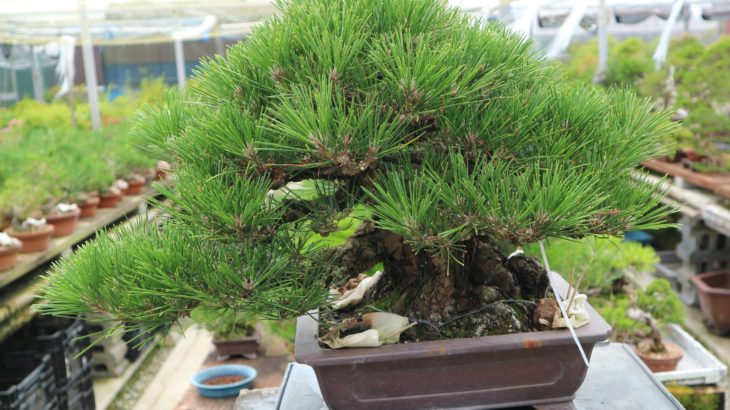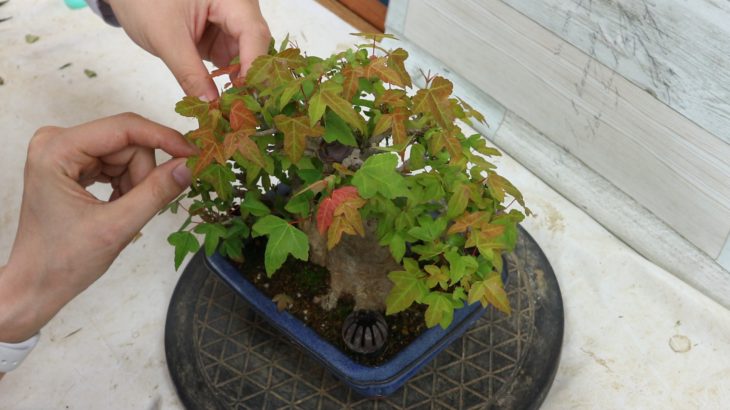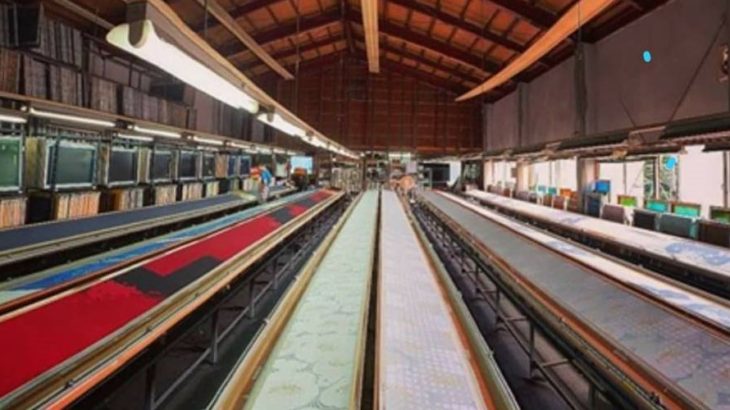Hello, this is Shinji from “Warashibe-choja.jp”. Today I would like to talk about bonsai in Japanese culture. The other day, I went to “Shoka-en” in Ikeda City, Osaka Prefecture. I heard that bonsai, like kimono, is declining due to the shortage of successors, and exchanged opinions asking, “Can we coexist with each other?” For those who say, “I want to try it, but I don’t know what to do,” I would like to briefly introduce what I have learned.
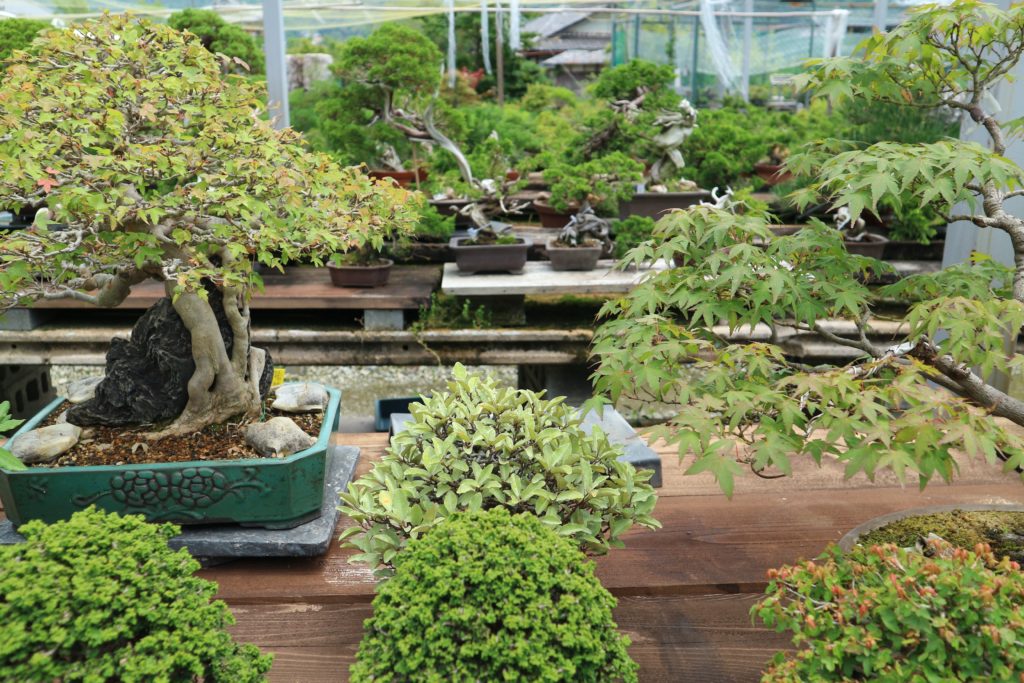
Bonsai history
The origin of bonsai is said to be China, and it is said that at least 2500 years ago it was customary to plant and grow trees in pots. In the history of Japan, you can see bonsai paintings in picture scrolls made after the Kamakura period 700 years ago. From the Kamakura period to the Muromachi period and the Edo period, bonsai is often drawn on folding screens. Bonsai was originally a sculpture that expresses nature centered on stones, which was popular among shoguns and monks during the Muromachi period. There is a record of growing bonsai in a garden on the premises of a daimyo mansion in the Edo period. In the first half of the Edo period, bonsai was limited to the upper class. However, in the latter half of the Edo period, it became a hobby that was accessible to the general public. In the Meiji era, it will be shaped like the current bonsai. After that, as the number of enthusiasts in the political world, such as Mr. Shigenobu Okuma and Mr. Tomomi Iwakura, increased, it became regarded as a noble hobby.
What kind of bonsai is there?
Sho-haku
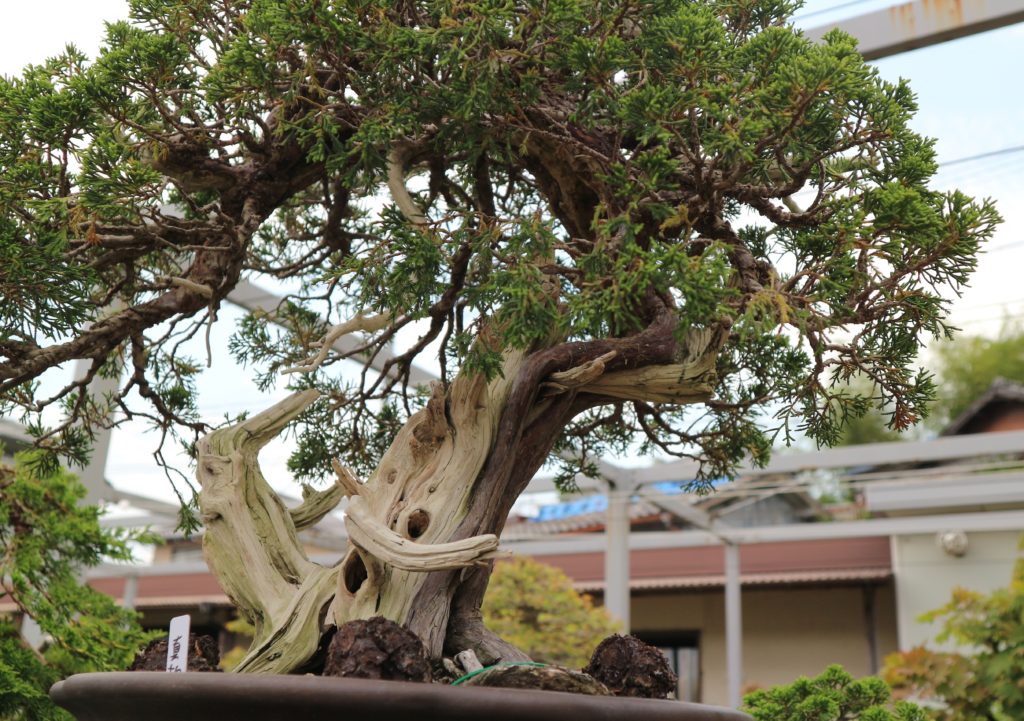
A general term for conifers including pine, cedar, cypress, Shin-paku, To-sho, etc. The feature is that it is relatively easy to grow even for beginners because it is durable. Since it is an evergreen tree, you can enjoy the green all year round.
Zouki
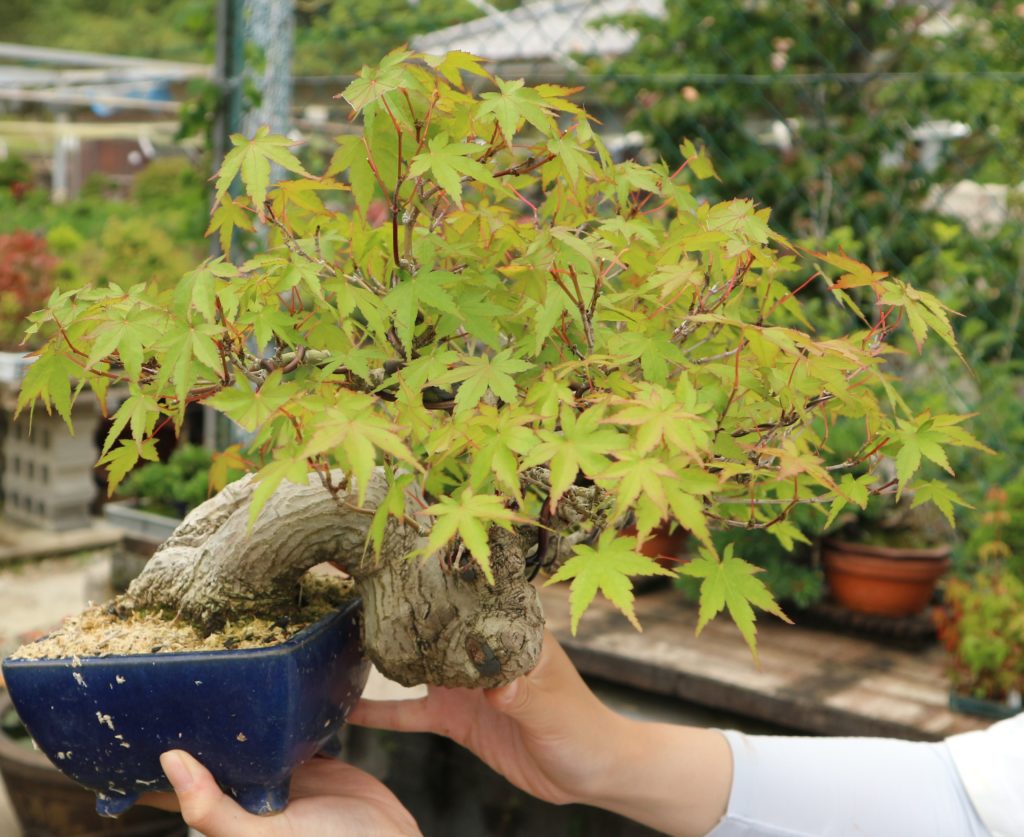
It refers to woody plants excluding Shin-paku. There are many types and many deciduous trees. Many of the ones with a long history are native to Japan and China. Unlike conifers, you can’t enjoy green all year round, but instead you can enjoy the changing seasons. I think that the spring shoots of bonsai that you grow yourself, the fresh green of summer, the autumn leaves, and the fallen leaves of winter are deeply moving.
Hana-mono / Mi-mono
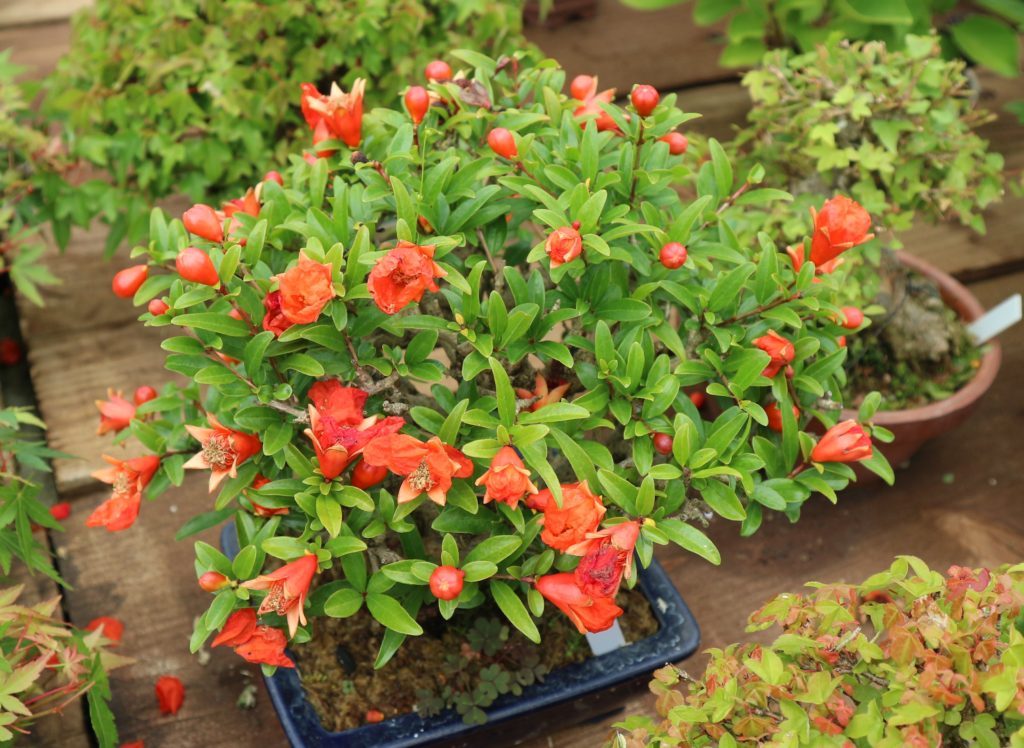
The main purpose is to appreciate flowers and fruits. The types are divided into “Hana-mono” and “Mi-mono”, but there are many bonsai where you can enjoy both flowers and fruits. Unlike Sho-paku and Zouki, how the flowers bloom and how they bear fruit are important points, so there are many differences in care. I think it’s the most difficult kind to keep beautiful.
Kusa-mono
It is a herbaceous plant. Even beginners can grow in a short period of time. In addition, the flowers may die after blooming, or plants that you do not remember may bloom from the pot. The blooming of unplanted plants from the pot is called “Tobikomi”.
The role of the bonsai garden
At “Shoka-en”, where I went to study this time, I could feel free to consult about anything, such as purchasing bonsai, a care class, treating illness, and taking care of bonsai while traveling. A fun space where everyone can enjoy talking about bonsai and there are regular elementary school students. There are many disciples overseas, and it will be a bonsai garden where many tourists came before Corona. If you go to a rural area, there is a bonsai garden like a museum, and you can enjoy a garden with a different atmosphere depending on the season you visit.
I talked a little about the basic knowledge of bonsai. Next time, I will introduce how to care for it with a little video, so please look forward to it.
